MY Grandfather, ANTIMO, was a true Neapolitan!
Posted: June 16, 2022 Filed under: East Harlem, Immigration history, Italian Americans, Italian East Harlem, NEW YORK ITALIANS | Tags: Italian Immigrants, Naples, New York City 9 CommentsMany years ago, while interviewing my cousin Herby for family recollections, he had mentioned that our grandfather, Antimo (nicknamed “Tony”) operated a produce store, around the corner from Arthur Avenue (across from St.Barnabus Hospital.) *Note: The timeline for this story is around the mid to late 1950’s.* Herby clearly recalled the fact that, written on the storefront awning, were the words, “Tony’s Live and Let Live…” Hence, Tony’s favorite quote was, “Live and Let Live! Ha ha!
Antimo Puca was the second child born to Stefano Puca and Teresina Milo. He was born in the small town of Sant’Antimo, Naples, on the 25th day of August, 1896. The first child born to his parents was a boy named Antimo. He was named in the traditional fashion, to honor Stefano’s father, Antimo Puca. Tragically, this baby died. Perhaps he died from the Cholera epidemic which was running rampant across Italy, at that time. Hence, when their second baby arrived , he was also named Antimo!
Antimo’s parents, Stefano and Teresa, were married in Sant’Antimo on the 25th day of November, 1892. Teresa was 23 and Stefano was 21. According to our family history lore, Teresa was supposed to marry Stefano’s older brother, Filippo, but he tragically died, in 1891, while serving in the army. (I found his death record.) Stefano stepped up to the plate and married his older brother’s fiance, out of respect for his brother, and poor Teresina. (Those were the old Italian customs, I guess!)
Later on, in September of 1901, Stefano made the decision to travel to America in search of a better way to support his family. He traveled, in steerage, on the S.S. Burgundia, from the Fabre Line’s fleet of steamships. Upon arrival at Ellis Island’s immigration processing station, he passed through and went to East Harlem to live with his cousin, on Lexington Avenue. Stefano went back to Italy, and in 1905, he was back in New York, having traveled in “steerage” on Fabre Line’s S.S.Germania.
At that time, Stefano was living at 2123 1st Avenue in E.Harlem. The 3-story “old law tenement” was located between E.109th and 110th Streets.
Today, the building is no longer there, however, the adjacent tenements still stand. They are relics of the past. Mementos of a time, long gone. These surviving tenements are the final vestiges of the mass exodus from Europe. They were built for the purpose of housing multitudes of immigrant laborers.
Whenever I visit East Harlem, I feel, in my heart, what my family before me felt. Standing on the very sidewalks that they had stepped upon, looking at the tenements that they once dwelled in, helps me to understand what sacrifice they endured. Being in their old environs, I’m able to envision their arrival from Naples. You might think that it was a joyous arrival, but it was more bittersweet and complicated than celebratory. I think about the utter emptiness that they must have felt, when they stepped into those dark and musty tenement hallways…The despair that they possessed within, wondering if they made the right choice to leave the only home that they ever knew. At the turn of the century, New York City was a far cry from the town of Sant’Antimo, and the City of Benevento, Italy. The fresh Italian air, the open fields, friendly familiar faces, were all a shadow of the past. (Antimo would live to the age of 82, without ever seeing Italy again.)
The new reality for people like Stefano Puca would be hard labor, sacrifice and the burning hope and desire for a new and better life. They would work around the clock, only to earn about 10 dollars a week. But this would be enough to pay their rent, buy their food, and send money back to their families abroad.
Within 4 years time, the Puca’s would reunite, and settle in East Harlem. Stefano would come back to New York in April, and Teresina and her 6 year old daughter, Rosina, would arrive on the 3rd of July. Antimo’s name was crossed out from the ship manifest. He did not travel with his mother and sister. Perhaps he was sick and the shipping line, “White Star Line,” refused his entrance onto the “S.S. Romanic.” Perhaps he was reluctant to go to America. He was only 8 1/2 yrs. old at that time, and he may have been rebellious to the idea of leaving his home. Who would blame him?
At any rate, what I do know is that, on the 28th day of March, 1906, 9 days before Mt.Vesuvius in Naples would erupt, Antimo Puca arrived at Ellis Island, having traveled 13 grueling days in steerage, on the S.S. Cretic. He was accompanied by his uncle, and they were detained on Ellis Island for 2 days, until Stefano signed as surety for them. Written on their Detention list were the letters “LPC.” That stood for the words, “Likely Public Charge.” Until they could prove that they would not be a “financial burden” on the United States, they would be held in detention, on Ellis Island. Luckily, their detention was short. Most likely, they sent a Western Union wire to Stefano, explaining that he must come to Ellis Island to sign for their release. Of course, Stefano came to pick them up…And that is the story of the Puca’s and their journey from Naples to New York!

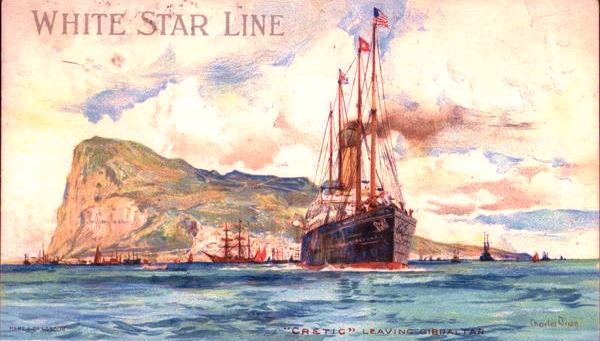
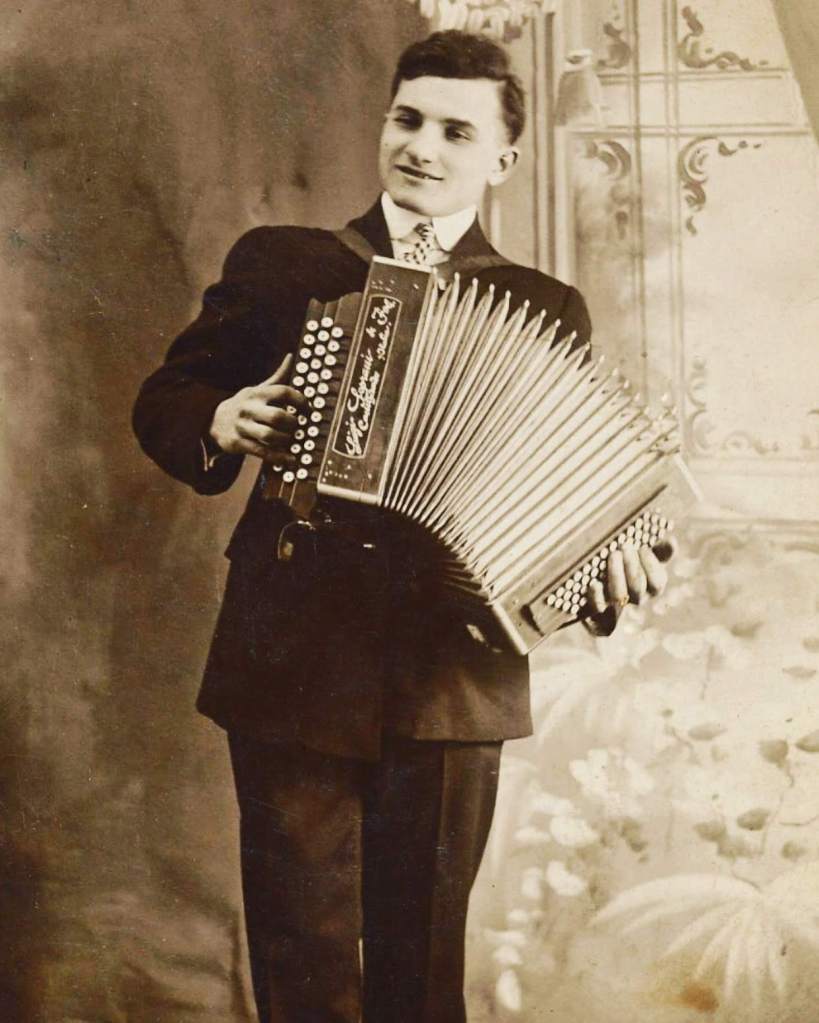
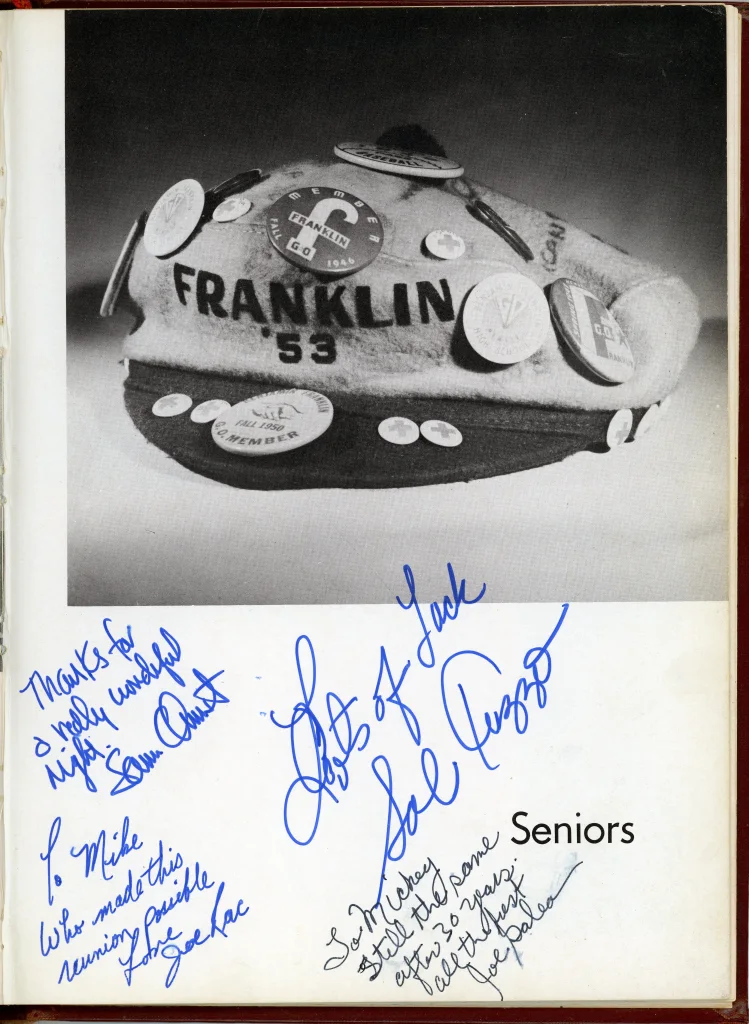
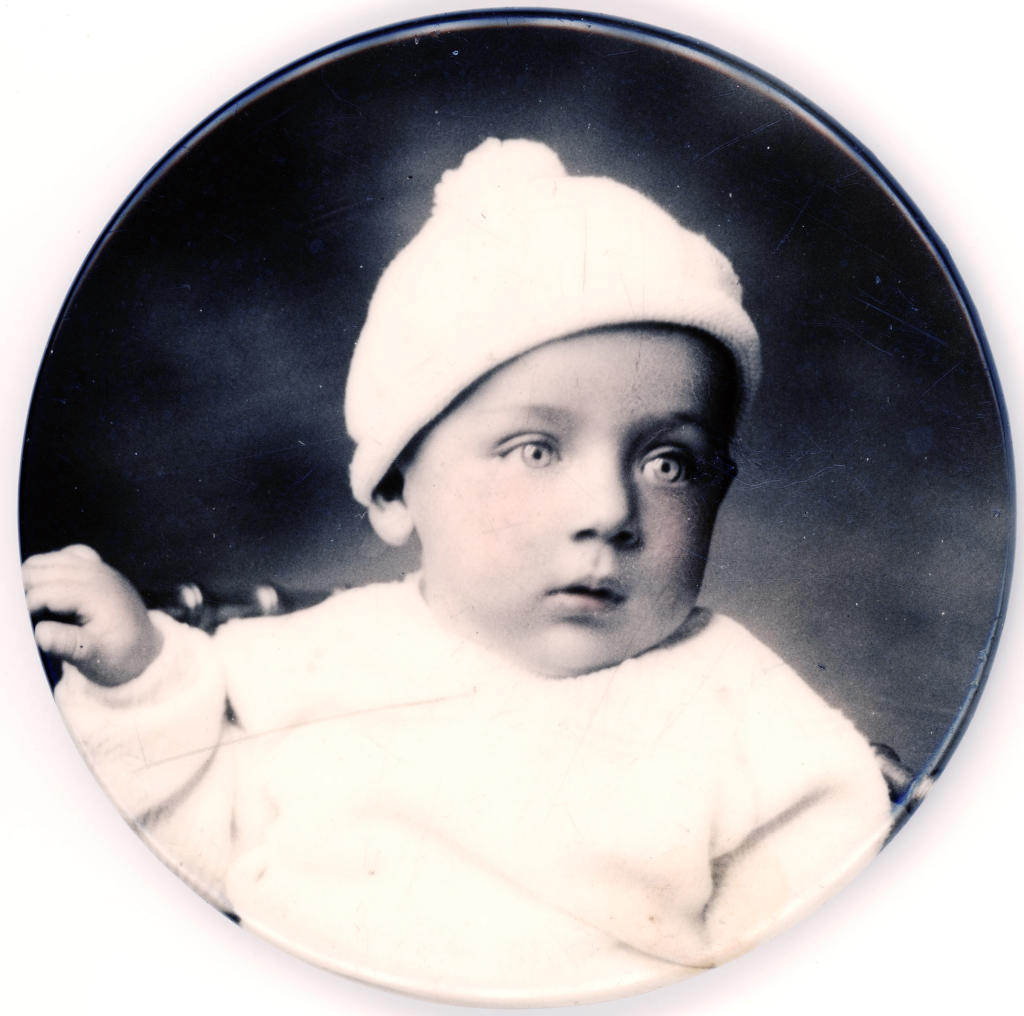
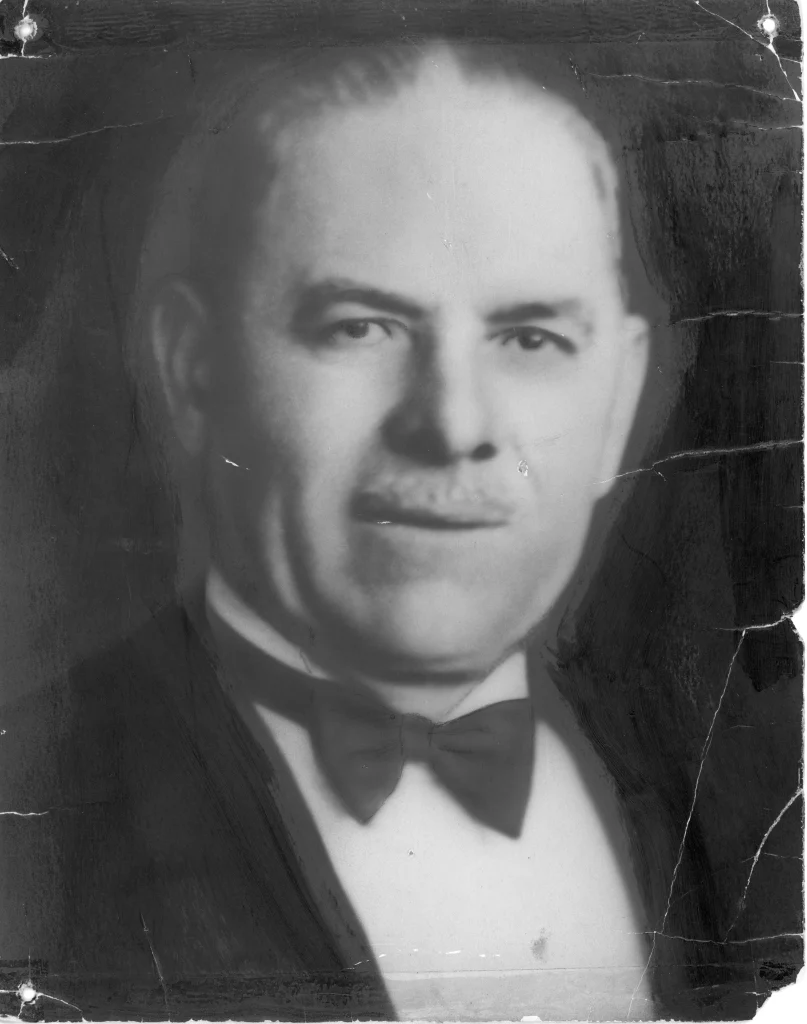
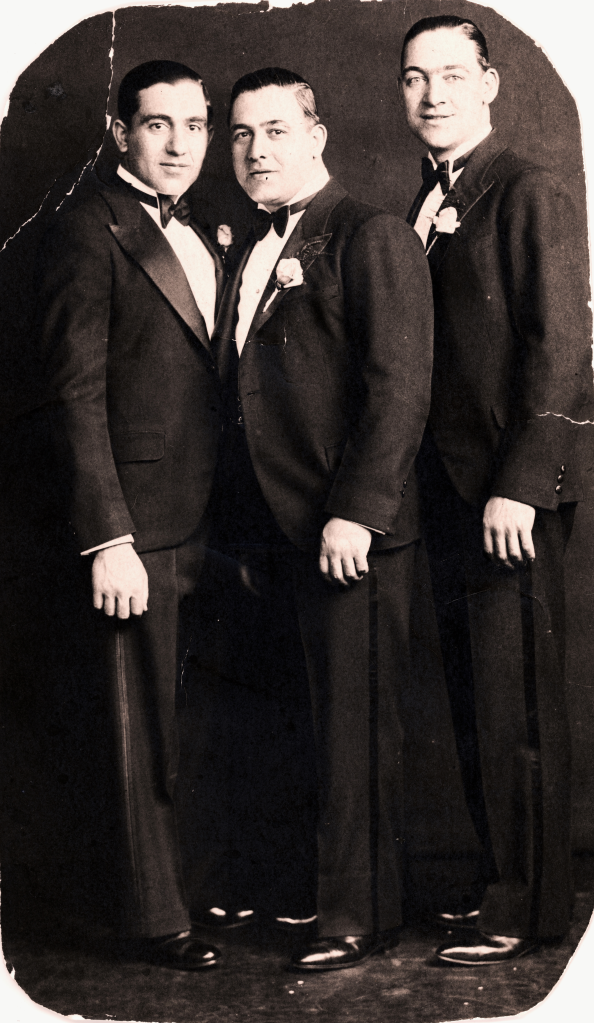
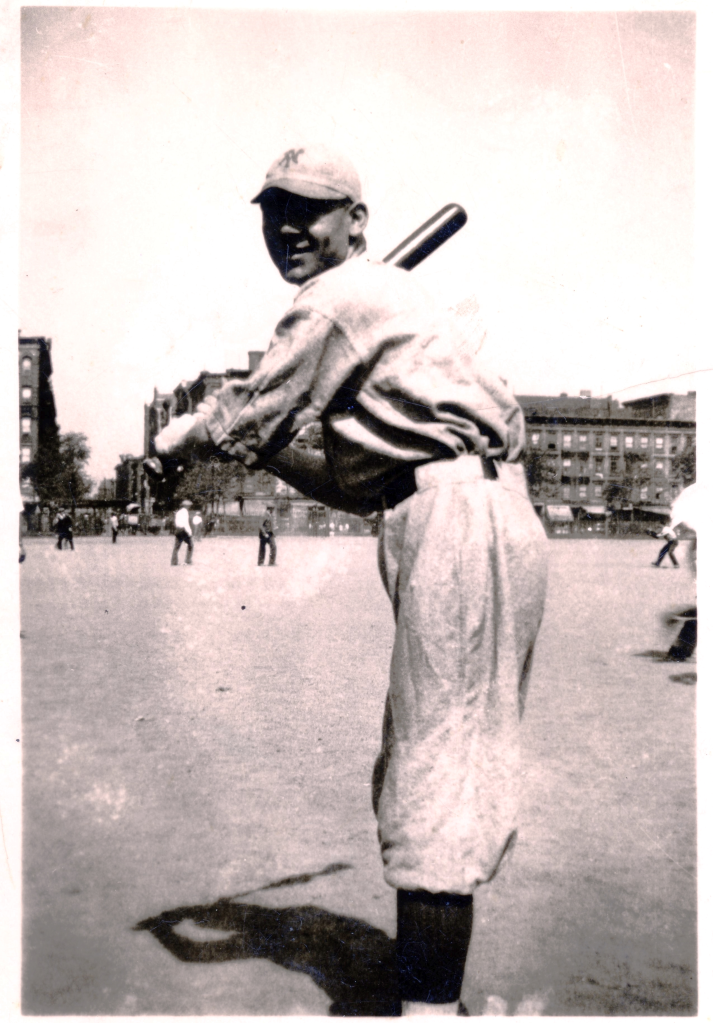
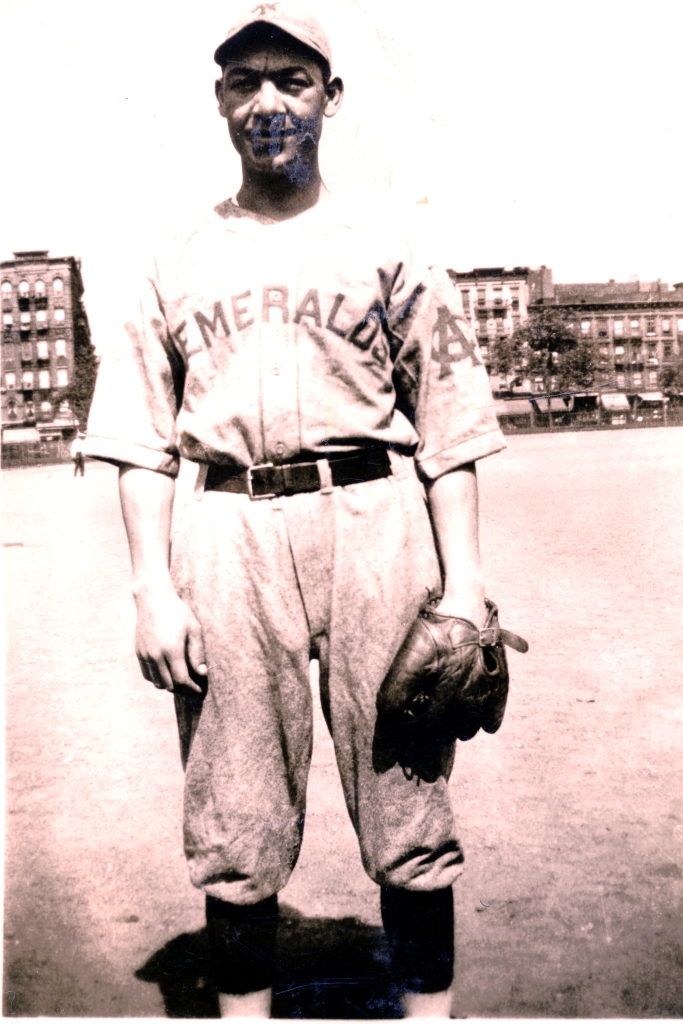


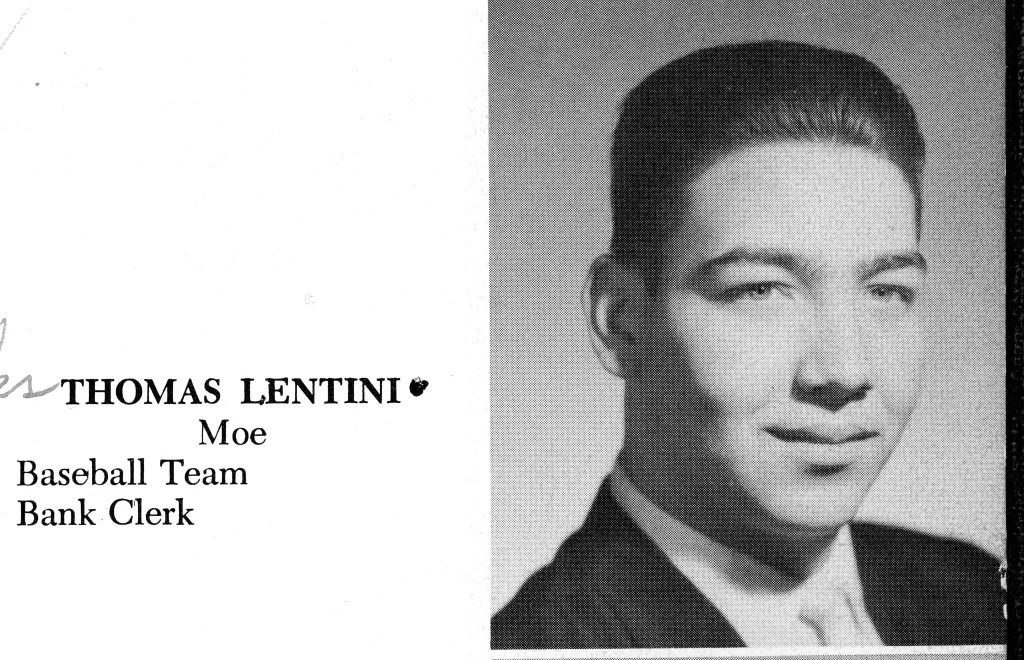
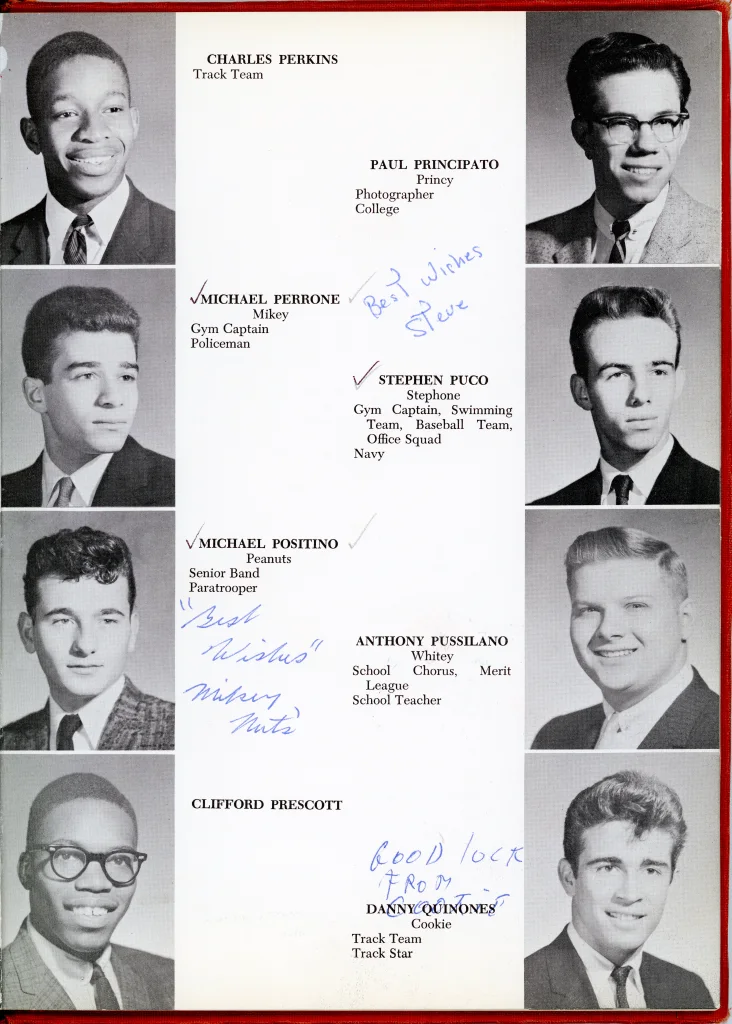


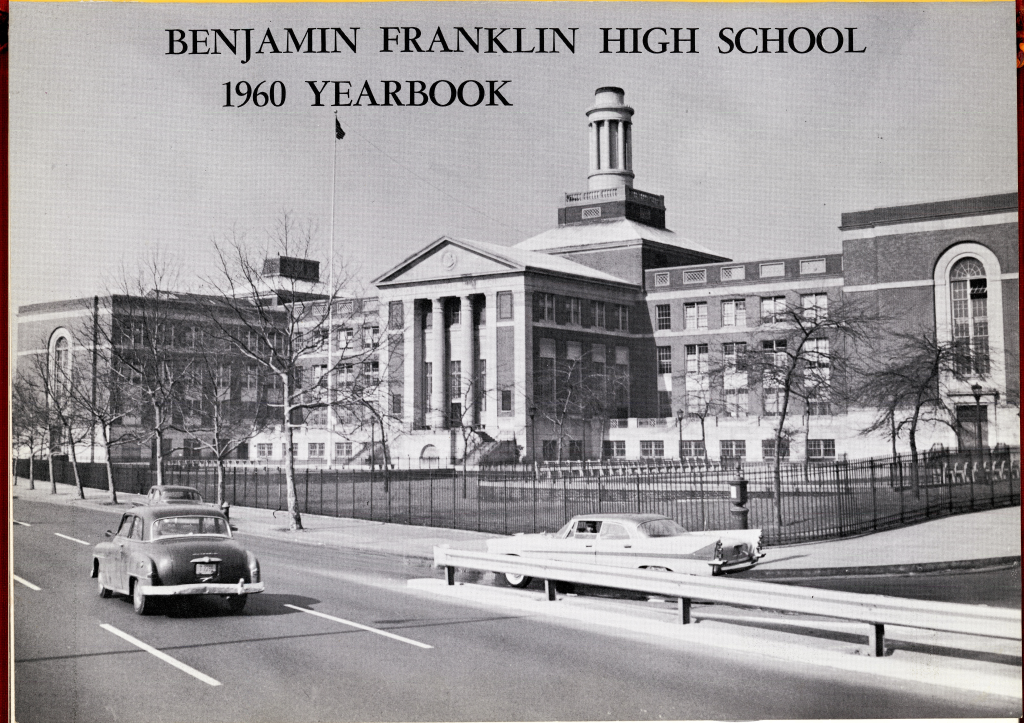

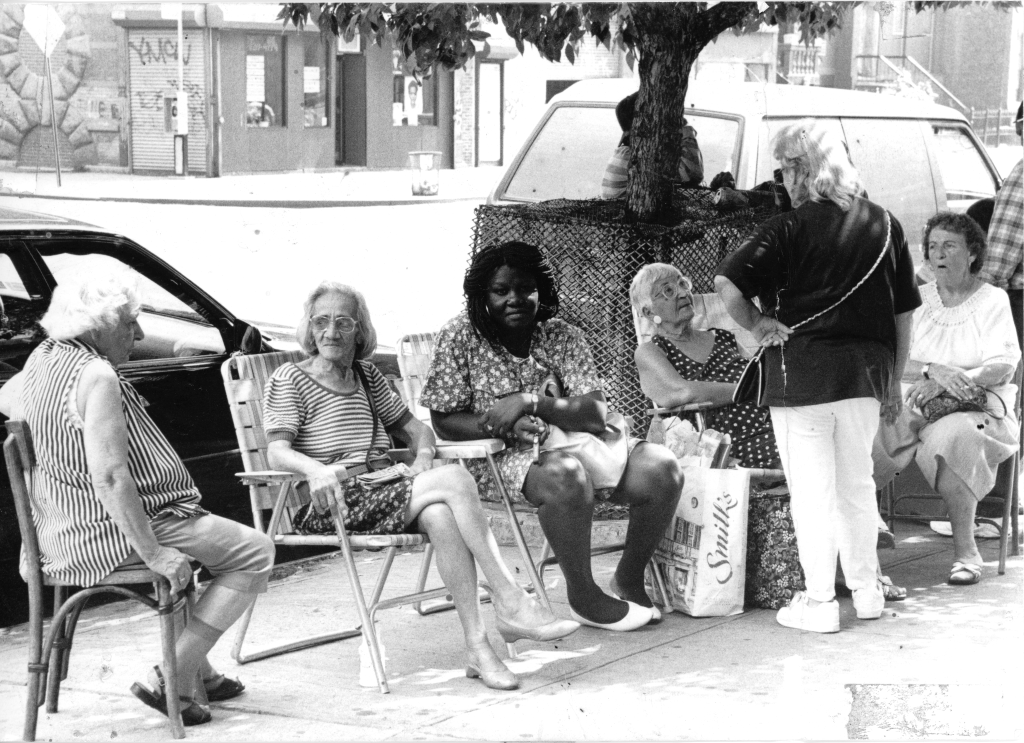
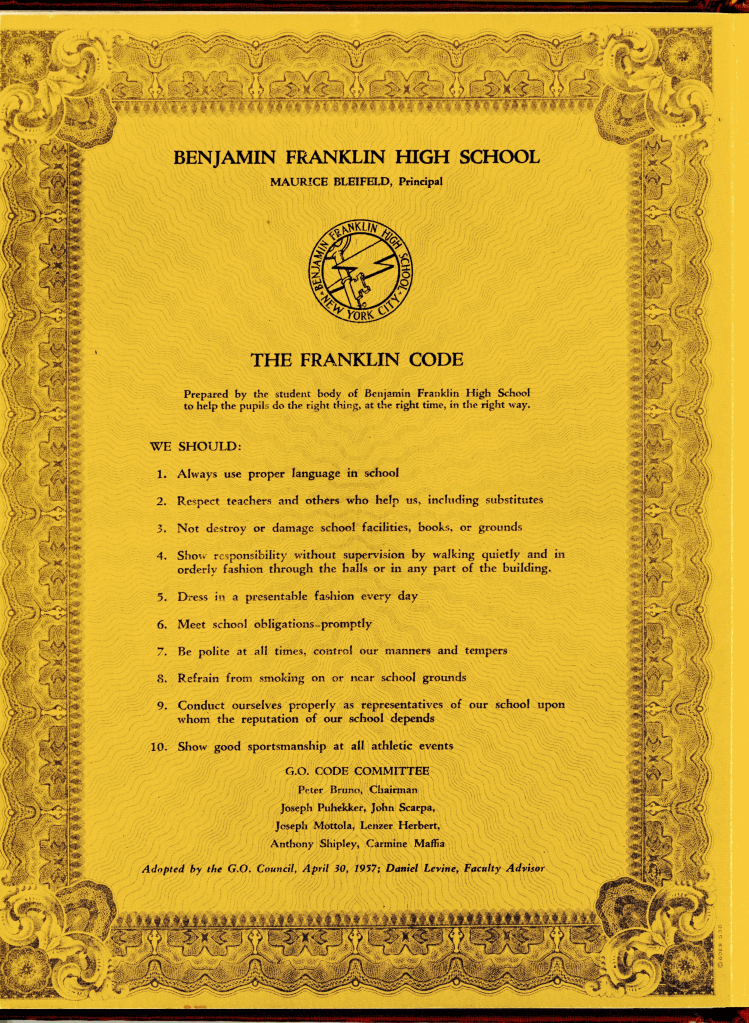
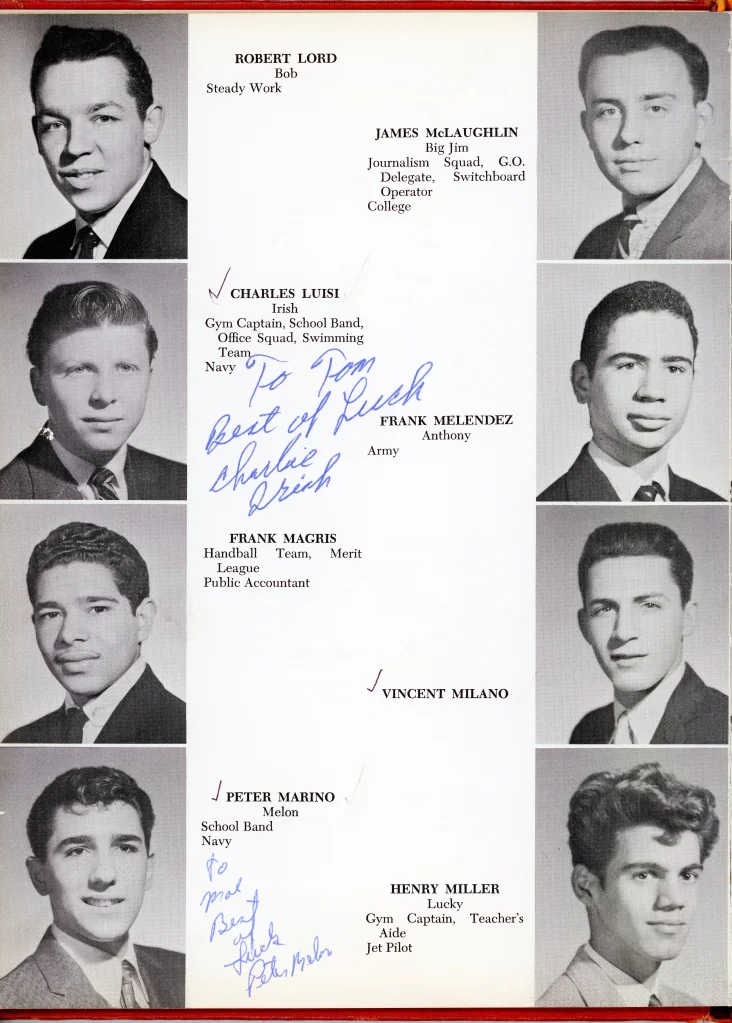
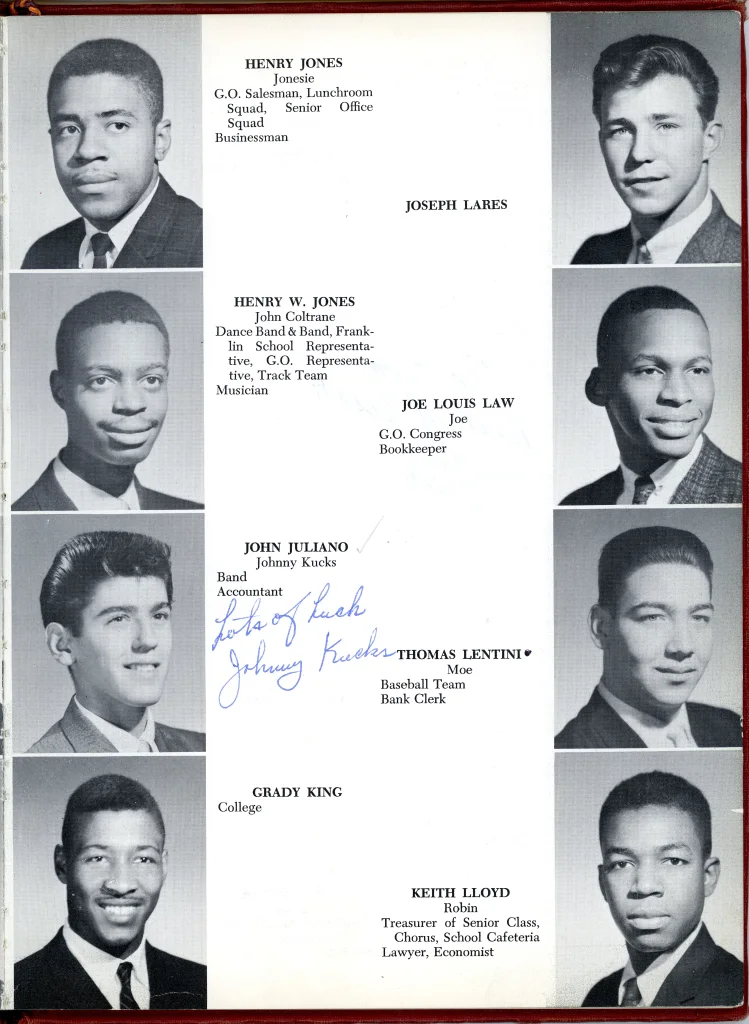
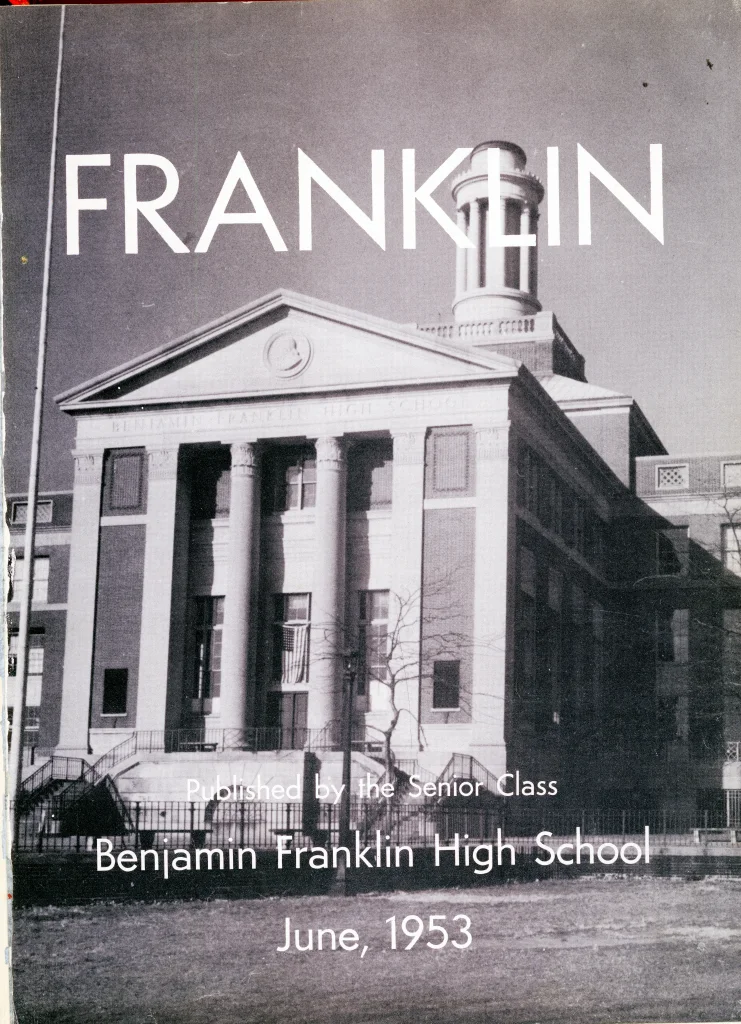
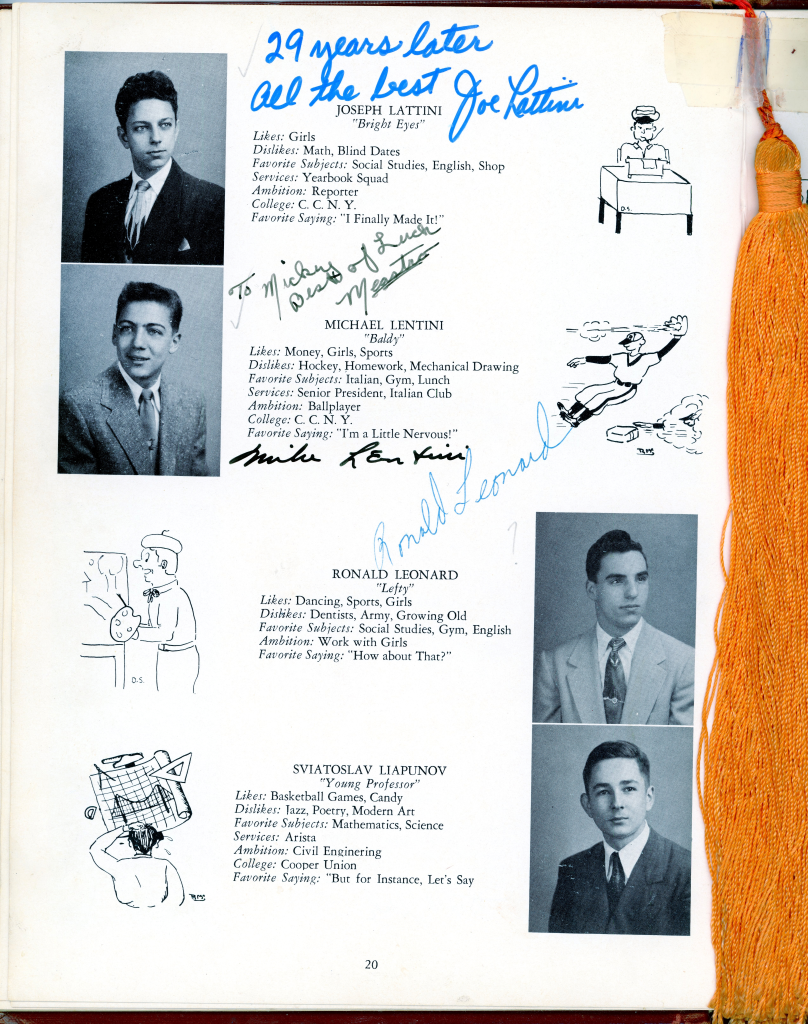
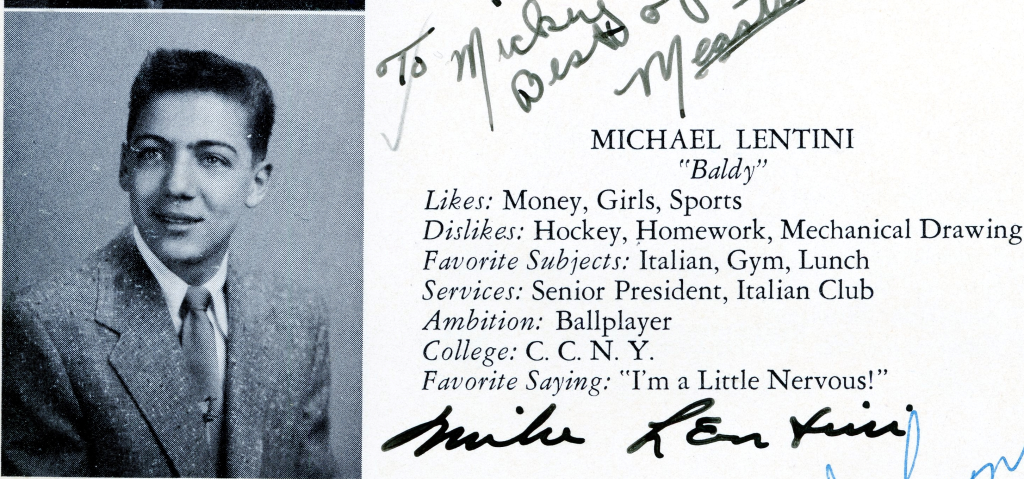
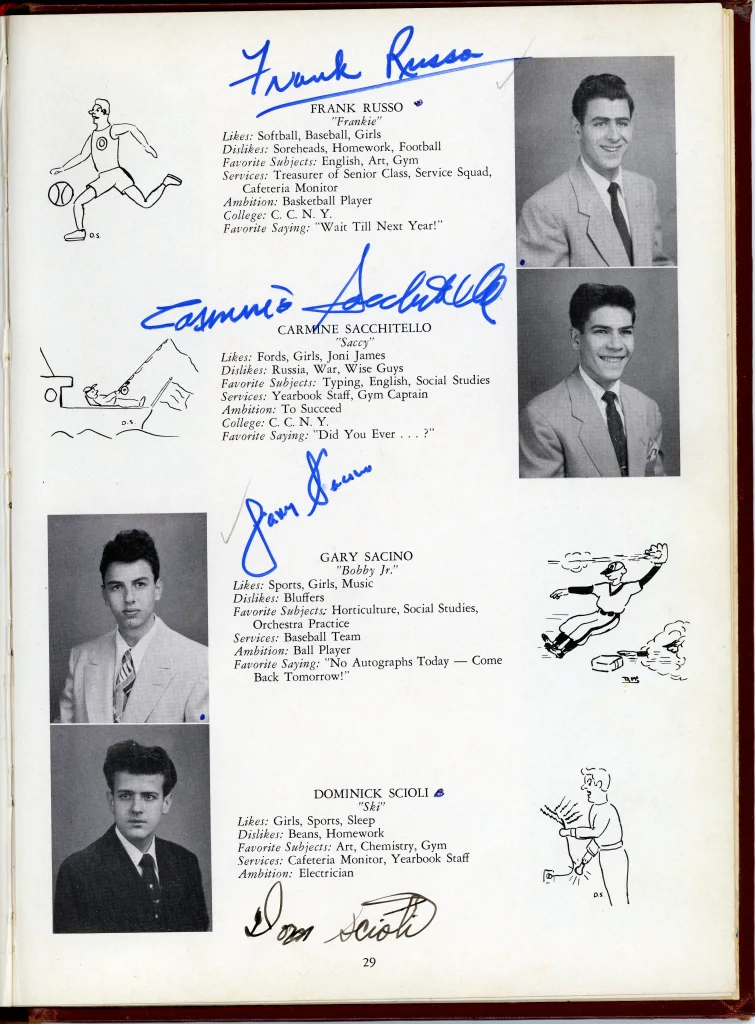
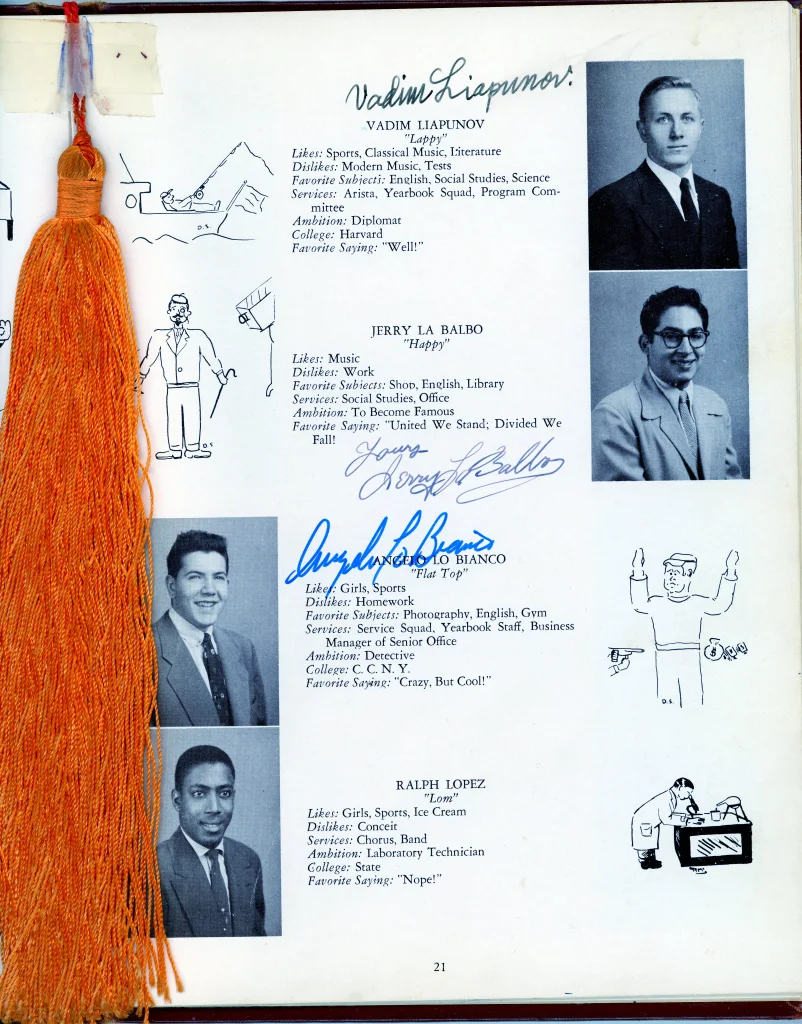
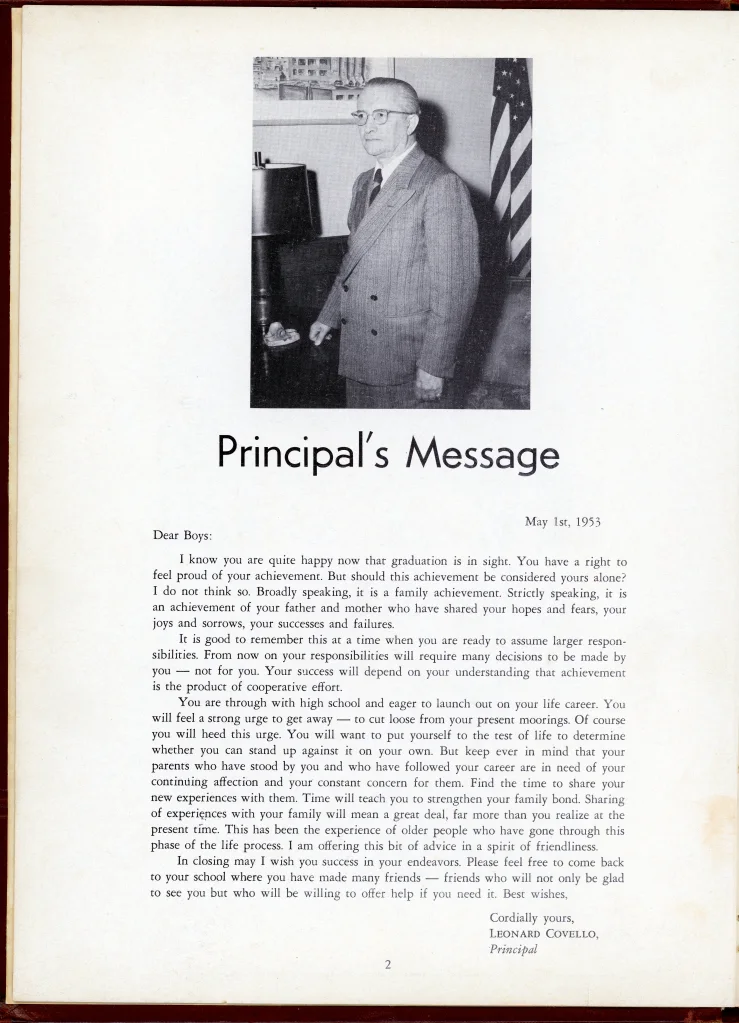
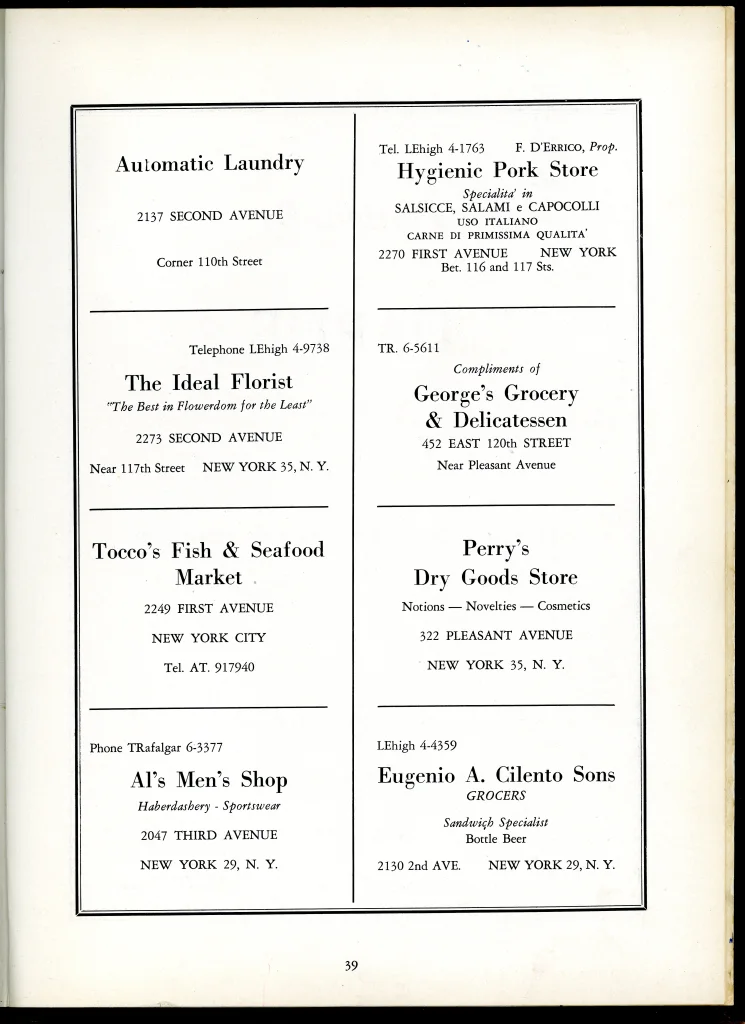
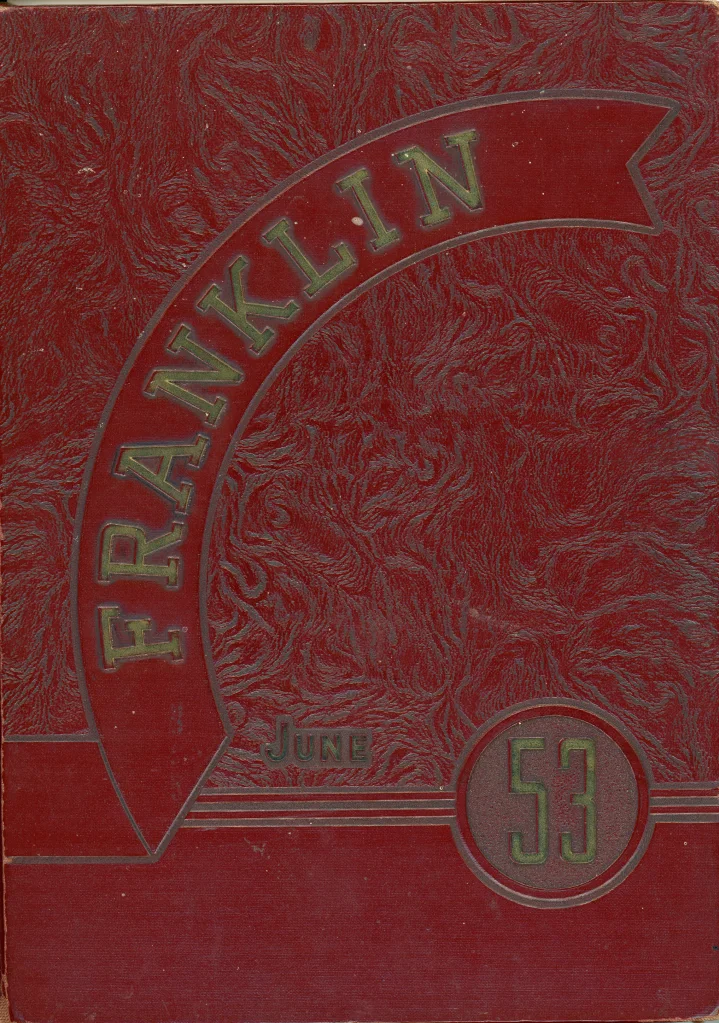


Recent Comments